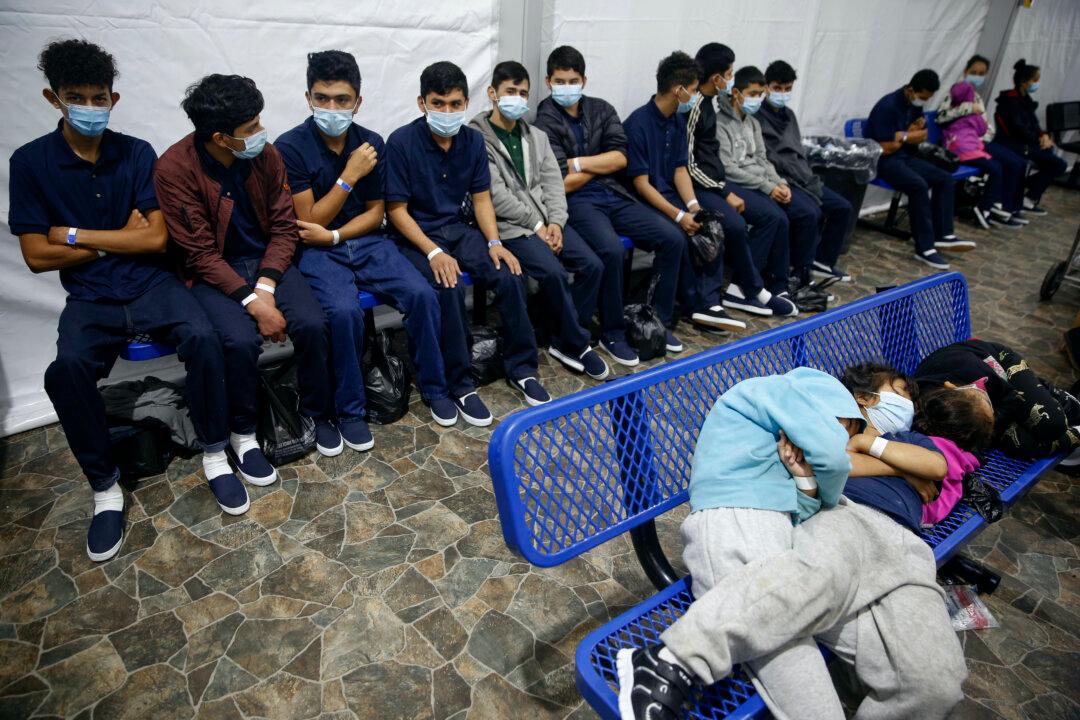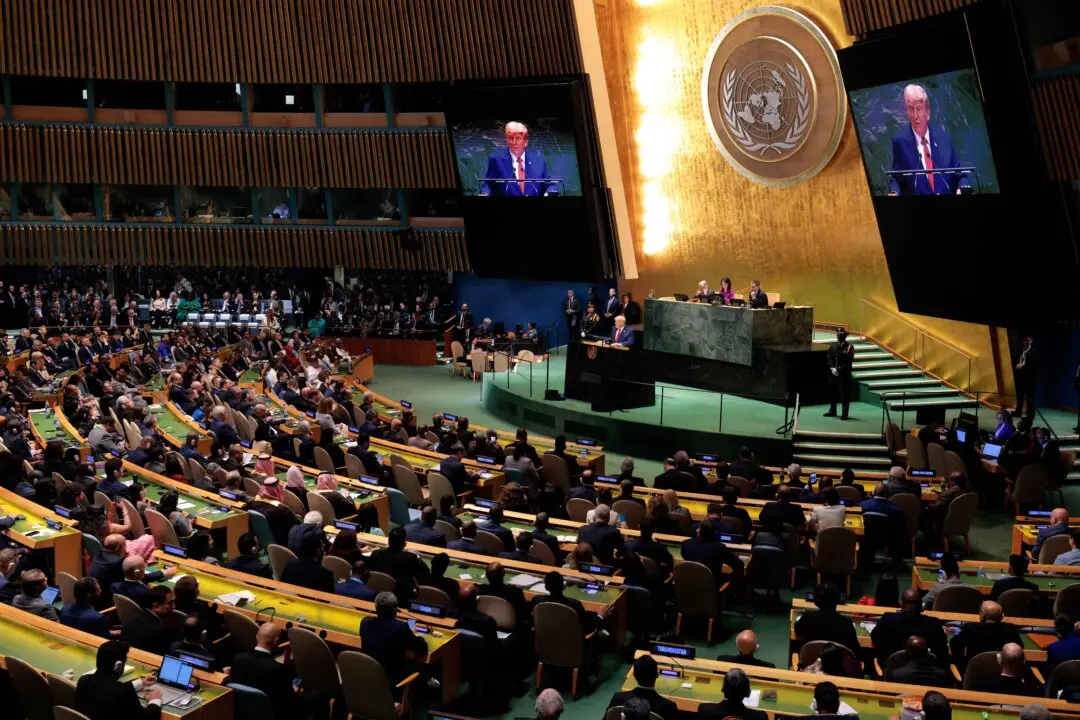An internal inspection uncovered numerous shortcomings within the vetting processes the U.S. Department of Health and Human Services (HHS) used when placing unaccompanied minor aliens with adult sponsors inside the United States.
The Office of Refugee Resettlement (ORR), is the HHS entity responsible for caring for “unaccompanied children”—which here refers to minors with no lawful immigration status who arrive in the United States without a parent or guardian. ORR operates facilities to care for these children until they can either be placed with an adult sponsor inside the United States, they age out of the system, or their immigration case is adjudicated.





